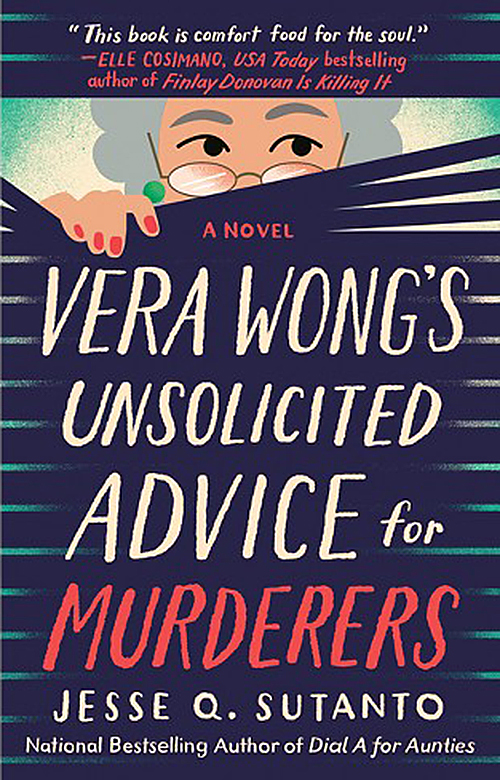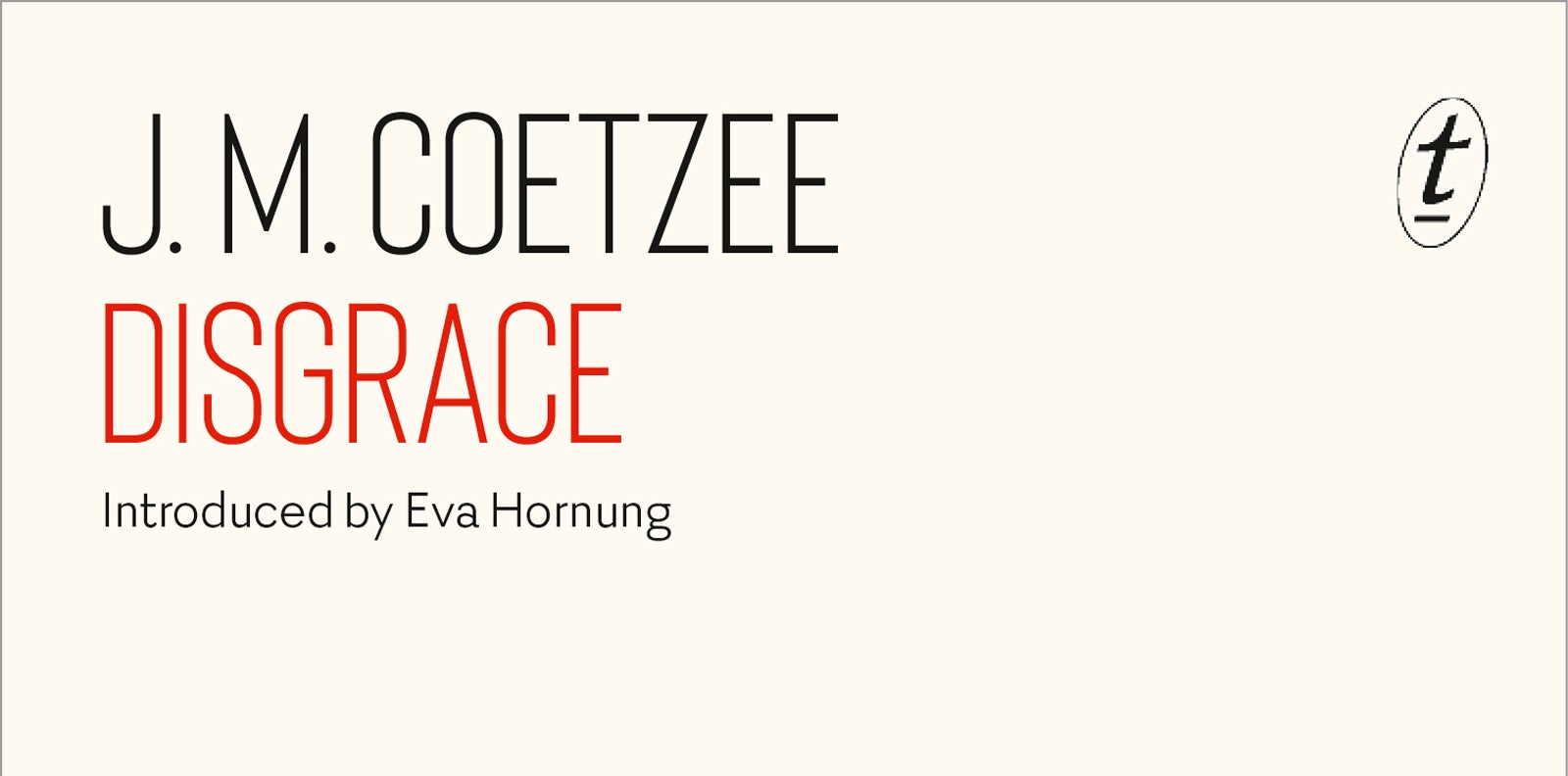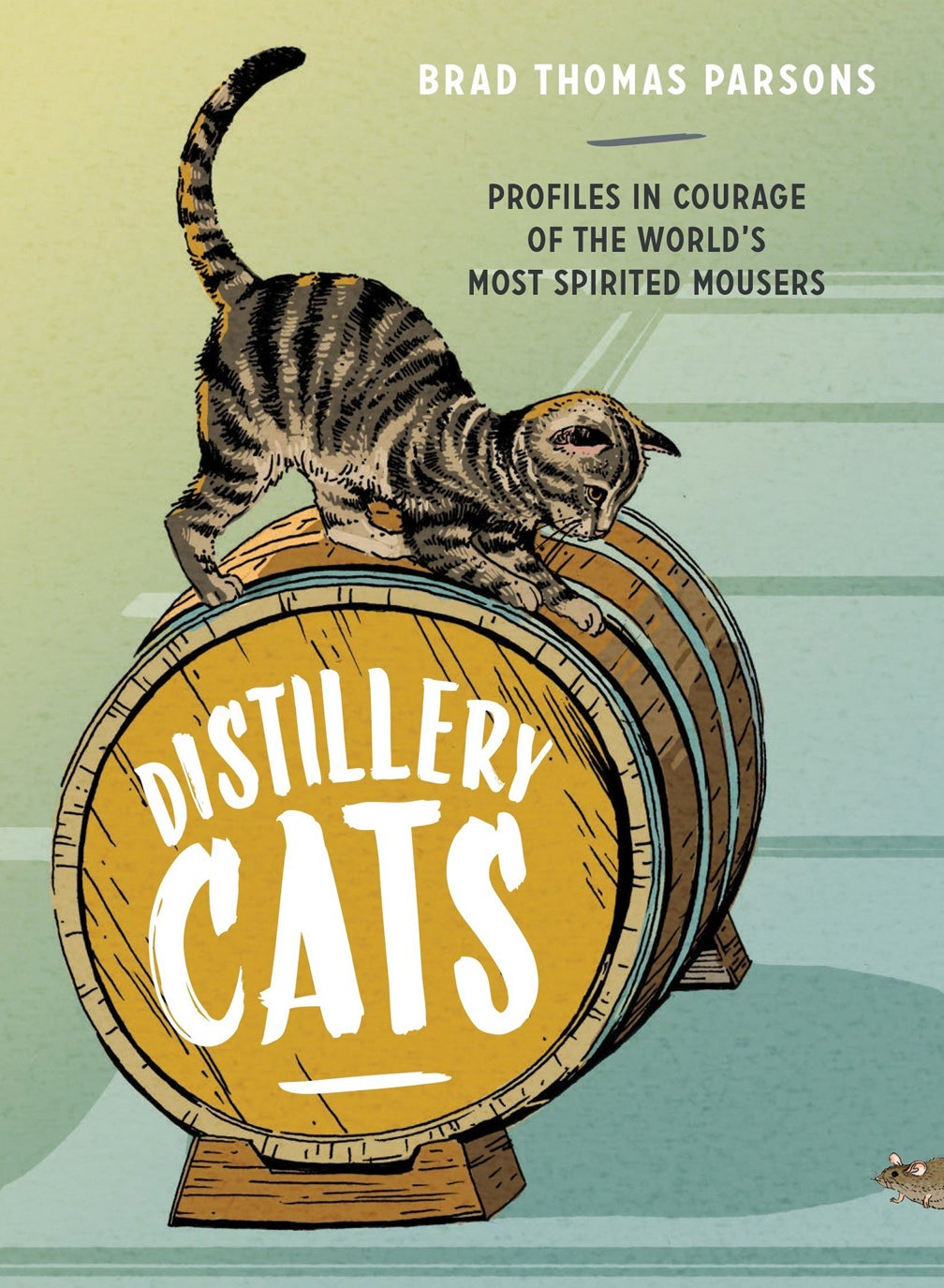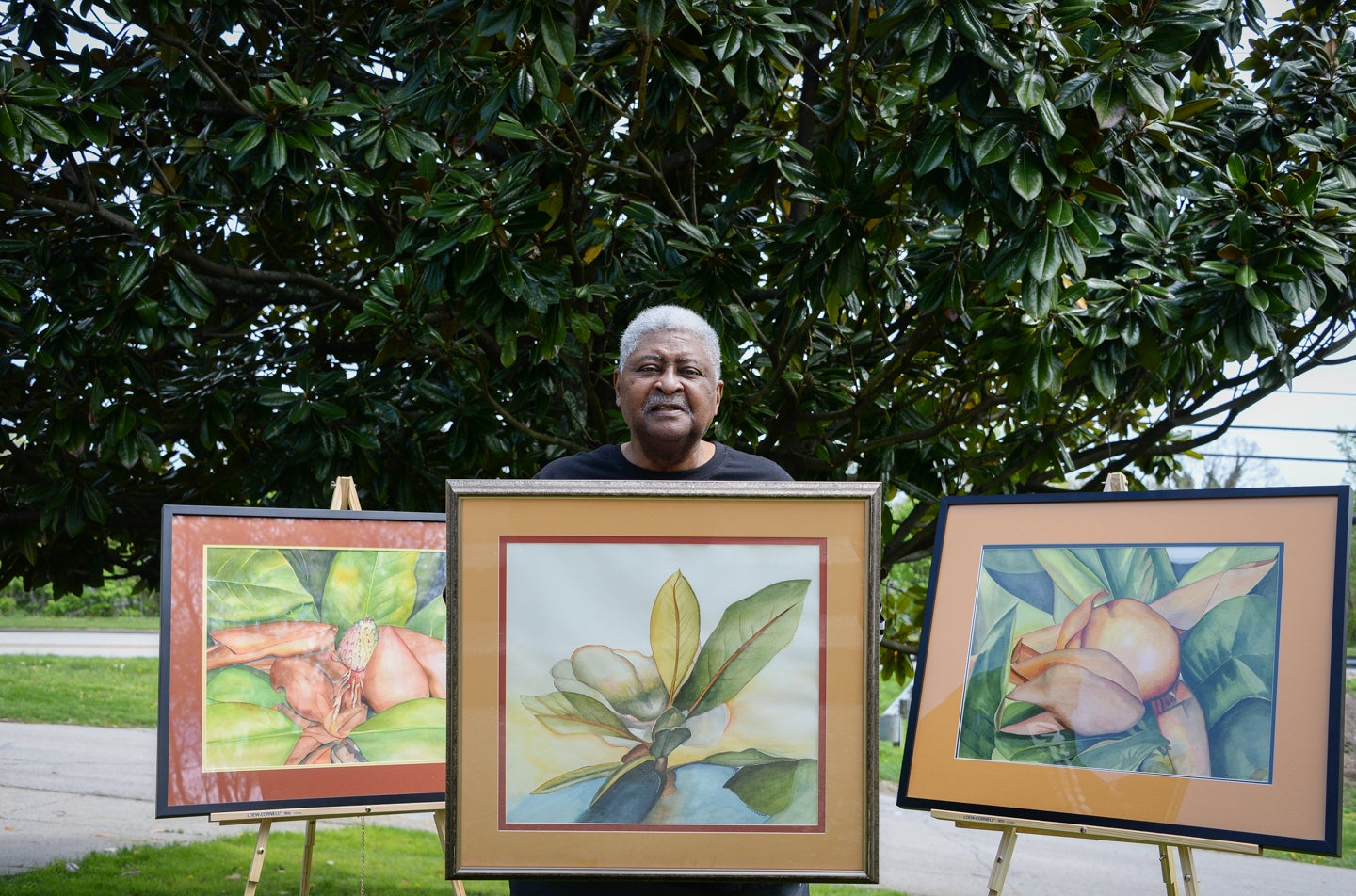
“Disgrace” by J. M. Coetzee
Every now and then it is good practice to read a book that focuses on an incredibly unlikable person. Not every story needs a hero in order to impart wisdom and insight. No one is flawless, and making connections, however small, with a character that is a tad despicable can help you discover things about yourself you wouldn’t have analyzed otherwise.
In “Disgrace,” David Lurie, the book’s main character, is not a good guy. He’s a womanizer, completely unapologetic for his actions, pompous, acerbic … Well, you get the idea. After assaulting one of his students and becoming persona non grata in his college town, David leaves to rural South Africa to stay with his daughter, who lives a completely different kind of life.
These new surroundings force him to take a look at himself and others in ways he hadn’t done so before. His usual air of self-importance doesn’t work for him here, and the people are not of the kind that he is expecting. The cast of characters include homesteaders and makeshift veterinarians, a far cry from the usual crowd found in academia. A professor of English, he finds himself unable to connect with those that are so far off the beaten path that he has worn down over the course of his life.
When a violent tragedy strikes, David is left trying to determine what image he needs to adopt. Protective father? Aging victim? Vigilante? Unused to being in a position where he is not in control, he is unsure what is expected of him, or even what he expects of himself. As time passes, he must come to terms with the aftermath and decide whether he is going to do what he thinks is best or what is best for those around him.
Overarching themes of patriarchal power, class struggle, and family weave through the text, set against the complexities of post-apartheid South Africa. While the central figure is not someone you would want to invite to dinner, his struggles foster reflection, and while some things should not be forgiven, there is still capacity for change.
“Disgrace” was the winner of the Booker Prize in 1999, and the author, J. M. Coetzee was awarded the Nobel Prize for Fiction in 2003.
— Review by Ernie Dixon, Paul Sawyier Public Library

“Vera Wong’s Unsolicited Advice for Murderers” by Jesse Q. Sutanto
Nestled in the forgotten part of San Francisco’s Chinatown is a tea shop run by a lonely, little old lady named Vera Wong. Her life seems rather dull, with every aspect planned out and predictable, however, she takes pride in her routine.
One morning, everything changes when she stumbles upon a dead body in the middle of her tea shop. With her extensive knowledge of CSI dramas, Vera immediately knew this was not an accidental death. Believing that the police are completely incompetent and knowing she has the nagging ability to make others never say no to her, she takes it upon herself to solve the mystery.
In this comedic, heart-warming novel, Jesse Q. Sutanto tells a fun and funny story about Vera and her four unsuspecting suspects; Sana, Riki, Julia and Oliver, and how it is that murder can somehow bring people together and begin new relationships and friendships.
“Vera Wong’s Unsolicited Advice for Murderers” tastes as good as the traditional Chinese dishes Vera cooks up. If you are looking for a feel good, hilariously cozy mystery this summer, this is the book for you.
— Review by Heather Avila, Paul Sawyier Public Library

“Atlas of Bourbon & American Whiskey” by Eric Zandona
In contrast to centuries of distilling in Europe that yielded Cognac, Scotch and Irish whiskey, American whiskey distilling began with the bounty of an agrarian society becoming industrialized. It became cheaper to buy beef from Texas, cheese from Wisconsin and whiskey from Kentucky. With federal constitutional law permitting the regulation of interstate commerce, certain words could be used to name spirits based on how it was made.
Eric Zandona is the Director of Spirits Information at the American Distilling Institute. He shares numerous historical tidbits of the industry in this book, as well as defining what distillers do differently in various regions of the country.
I learned that in 1788, Alexander Hamilton, Secretary of the Treasury, sought ways to tackle the debt caused by the American Revolution. With whiskey becoming ever popular, he proposed a tax which had to be paid in cash. He created an army of revenue men and inspectors to enforce the collection. Tensions grew and one tax collector was even tarred and feathered in Pennsylvania during the Whiskey Rebellion.
But Zandona says that what Americans were drinking had little to do with politics and more to do with geography. Farmers grew grains dependent on soil and moisture. Rye could grow in poor soil, while wheat required better conditions.
Living in Kentucky, I thought this state produced more spirits than any other. But from the 1830s to the early 1900s, Peoria, Illinois, was called the “whiskey capital of the world with 24 breweries and 73 distilleries. At one point the city was making 40% of all the alcohol produced in the United States. Prohibition brought an end to Peoria’s wealth, and now the have one active distillery just beginning to make whiskey.
Besides the history of the spirit, Zandona addresses the mash, barrels and warehousing of whiskey.
In each of the regional sections, he highlights the major distilleries, and their unique blends. He also recommends a particular product from each that distinguishes their distillery from others.
There is a wealth of knowledge and information in this book, so I’d recommend reading slowly while sipping your favorite spirit!
— Review by Lizz Taylor, Poor Richard’s Books

“The Collected Regrets of Clover” by Mikki Brammer
“Death she gets. It’s life she can’t quite figure out.”
Clover is too familiar with death. Her kindergarten teacher dropped dead while reading the class a story. Her parents were both killed in an accident when she was six. Her grandfather who raised her passed away too soon.
Clover had studied cultural differences in death rituals while in college. This led her to a number of international experiences in nursing facilities and the variety of ways to deal with the dying. And now, Clover has become a “death doula.”
Clover keeps three journals in her New York city apartment: REGRETS, ADVICE, CONFESSIONS. In these journals, she documents the final words of her clients before their last breath. Clovers uses these journals as a guide for her own life, trying to honor the thoughts of her clients and remedy their regrets, accept their advice or try to rectify a wrong they committed. It is these journals and her pets that she would save if there were a fire.
Clover has a new client, a feisty old woman who had seen the world as a photographic journalist during the 1950s. Her family wants to keep the death diagnosis a secret, but Claudia knows. She accepts Clover’s offer to help her and her family deal with the inevitable. But it is Clover who learns more from the old woman and her descriptions of her numerous adventures recalled from her photograph collection. Clover is forced to consider what it is that she wants from life, but will she have the courage to go after it?
Death is something difficult for many to ponder, but as Clover suggests: “maybe we just need to appreciate that many aspects of life — and the people we love — will always be a mystery. And instead of constantly asking ourselves the question of why we’re here, maybe we should be savoring a simpler truth: We are here.”
— Review by Lizz Taylor, Poor Richard’s Books










